Is it a motorcycle? Is it a car? It is more like a car-cycle. Velorex was a manufacturing cooperative in Solnice, Czechoslovakia.
They were the builders of a small three-wheeled car which was produced from the 1950s until 1971.
My parents have shared fond memories of putting around in this vehicle and how they took a couple of rolls in it as well.
Beginning in 1936, two brothers František (1914 – 1954) and Mojmír (1924-2011) Stránský, the owners of a bicycle repair shop in the village of Parník near Česká Třebová, began the design of a small, cheap three-wheeled car, inspired by three-wheelers from Morgan Motor Company.
In 1943, they built their first prototype using steel tubing wrapped by dural sheet metal and some bicycle parts (later these would be replaced by parts from motorcycles).
They named the vehicle Oskar (“kára na ose,” or “car on axle”).
If you speak Czech, you’ll love this historical video!
In 1945, the brothers built their first batch of cars, using leather cloth instead of sheet metal as the bodywork. Three vehicles were powered by 150 cc (9 cu in) ČZ motorcycle engines, three with 6 bhp (4 kW; 6 PS), 300 cc (18 cu in) PAL engines and six with 250 cc (15 cu in) Jawa units. The price was about a quarter of the cost of a typical car.
The post-war Czechoslovakian auto industry was unable to meet popular demand for vehicles, resulting in long waiting periods and quotas. Several models of small cars had been built either by amateurs or in small runs (e.g., Kreibich, TRIGA Tripolino, JAB).
In 1950, the Stránský’s workshop was transferred to Velo, a small manufacturing company in Hradec Králové, later renamed to Velorex.
A television commercial from 1961…
In 1951, the machinery and six workers were moved into a new plant in Solnice.
During that year, 120 Oskar 54 vehicles were produced; a year later, 180; and in 1954, eighty workers produced 40 vehicles per month. On January 21, 1954, František Stránský died when a test prototype crashed.
His brother, Mojmír, refused membership in the Communist Party of Czechoslovakia and was fired. In 1956, the vehicle’s name was changed to Velorex – Oskar and then just to Velorex. In 1959 the company produced 120 vehicles per month.
In 1961 part of the production moved into a new plant in Rychnov nad Kněžnou. The maximum speed of the car was 30 km/h.
In 1963, production of the newly designed “Model 16” started (fitted with either ČZ 175 or Jawa 350 type 572 engines); and the model was modernized again in 1968. In 1971, production of three-wheeled cars stopped, and the company switched to production of a four-wheeler, the “Model 435-0”, which featured the Jawa 350 type 572 – 04 engine.
Problems in design and manufacturing, as well as the inability to compete with higher-category cars (including the cheap Trabants), made the four-wheeler a commercial failure, and its production was stopped in 1973.
Plans to produce a small car similar to Fiat 500 or a rickshaw-like truck did not materialize.
Spare parts for Velorex vehicles were first produced in the Solnice plant, and then in Rychnov nad Kněžnou after 1975. In the mid-1980s, India tried to obtain a license to produce the three-wheelers; the deal failed because the original tooling no longer existed.
Personally, we adore the original style!
As of 1996, 62.5% of the three-wheelers sold in Czechoslovakia were still registered.
As of 2006 the vehicle can be still seen occasionally and it has obtained cult-like status among its owners.
Several Velorex clubs exist in the Czech Republic. Rallies are regularly organized in Boskovice and in Lipnice nad Sázavou, inside the Lipnice Castle.
People still love the Velorex to this day.
Until 2000 only the motorcycle driving license (A) was required, afterwards the B1 license (car from age of 17).
Velorex was built on a frame of welded steel tubing, with bodywork consisting of vinyl (called “Igelit”) stretched over the cage and attached by turnbutton fasteners.
Like most of other three-wheeler types Velorex had two wheels in the front and one wheel at the back.
Really a motorcycle with a frame, these photos show the vulnerability of this vehicle as a “car”.
But my parents loved it.
As a young couple with little money, they were happy to get around!
Below are the different Velorex models, but as you can see the cute little Oskar is clearly the most popular.
Oskar 54
- designed as a special car for the disabled
- two seats
- motorcycle engine Jawa 250, two-stroked, one cylinder, forced air cooling, 248.5 cm³, 9 HP with 4,250 rpm
- fuel consumption: 3.6 l/100 km
- weight: 205 kg unloaded, max 395 kg
- length 3.1 m, width 1.4 m, height 1.25 m.
Oskar 16/250
- designed as a special car for the disabled
- two seats
- motorcycle engine Jawa 250, two-stroked, one cylinder, forced air cooling, 248.5 cm³, 9 HP with 4,250 rpm
- fuel consumption: 3.6 l/100 km
- weight: 205 kg unloaded, max 395 kg
- length 3.25 m, width 1.38 m, height 1.25 m.
- tires with larger dimension than Oskar 54
Velorex 16/175
- designed as a special car for the disabled
- two seats
- motorcycle engine ČZ 175 – 505, two-stroked, one cylinder, forced air cooling, 171,8 cm³, 8.5 HP with 4,500 rpm
- fuel consumption: 5 l/100 km
- weight: 290 kg unloaded, max 490 kg
- length 3.1 m, width 1.4 m, height 1.24 m.
Velorex 16/350
- designed as a special car for the disabled
- two seats
- motorcycle engine Jawa 350 – 572, two-stroked, two cylinders, forced air cooling, 344 cm³, 11.8 kW (16 HP) with 4750 rpm.
- cruising speed 60 km/h (max 85 km/h)
- weight: 310 kg unloaded, max 500 kg
- length 3.1 m, width 1.4 m, height 1.24 m.
Velorex 453-0
- four-wheeler
- engine Jawa 350/572, forced air cooling, 17 HP with 4,750 rpm
- weight: 385 kg unloaded, max 585 kg
- fuel consumption: 6.5 l/100 km
- max speed 80 km/h
- length 2.89 m, width 1.15 m, height 1.365 m.
I sure do wish they made little cars like this again. Of course, we’d need special safe roads where we would not get plowed over by a huge Hummer or an 18-Wheeler… But how wonderful would it be to zip around town in one of these…
My mother went to the Czech Republic for one of her annual visits and spotted this one in a friend’s garage! She was so happy to tell the family, “this is it, exactly the car your father and I had!”
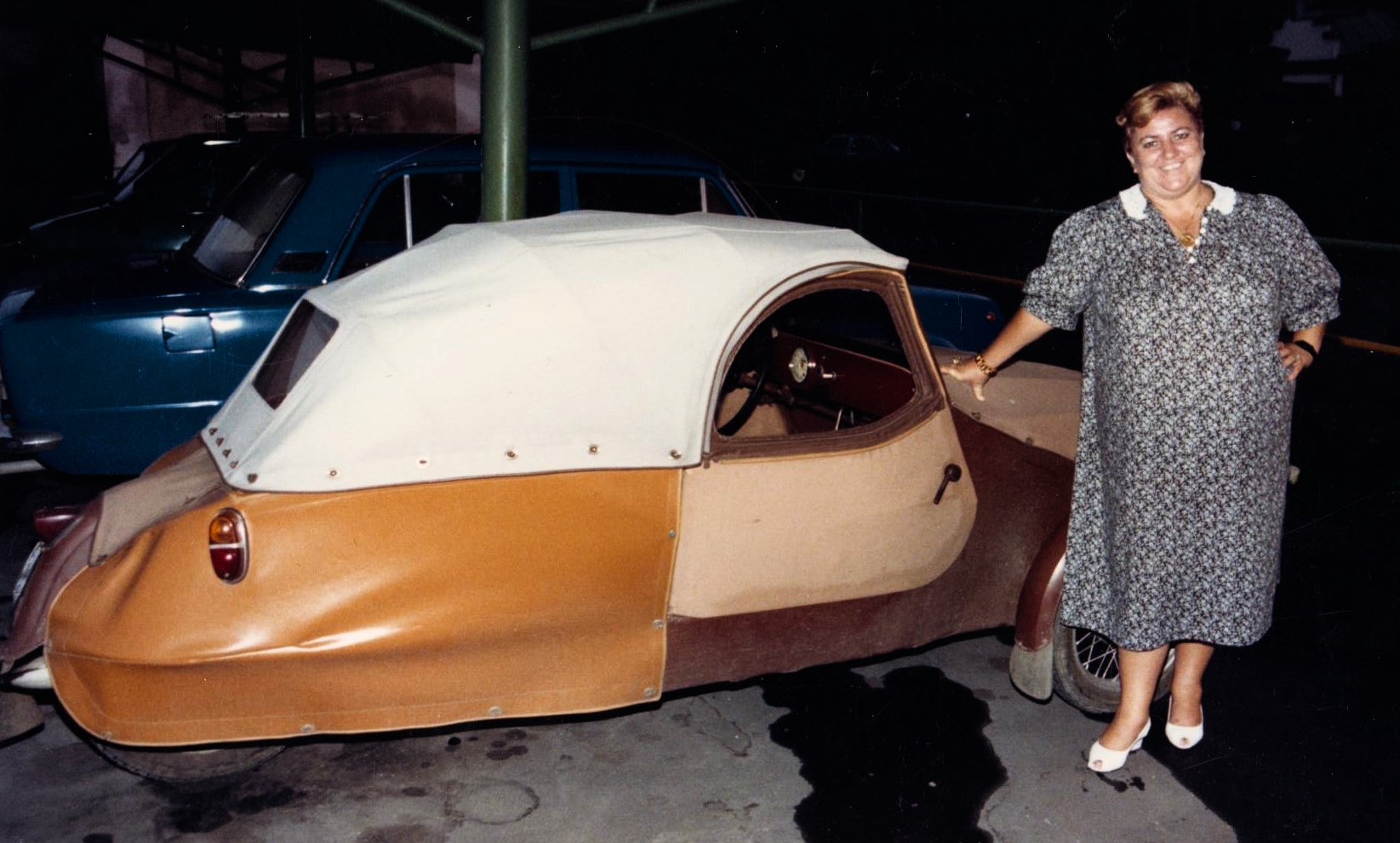
Anna Hilmar-Velorex
Watch a little Velorex come to life in this video…
Sources: Micro Car Museum, Velorexy.CZ, Rover Velorex, Wikipedia
* * * * *
* * * * *
Thank you in advance for your support…
You could spend hours, days, weeks, and months finding some of this information. On this website, we curate the best of what we find for you and place it easily and conveniently into one place. Please take a moment today to recognize our efforts and make a donation towards the operational costs of this site – your support keeps the site alive and keeps us searching for the best of our heritage to bring to you.
Remember, we rely solely on your donations to keep the project going.
We appreciate you more than you know!
If you have not already subscribed to get TresBohemes.com delivered to your inbox, please use the form below now so you never miss another post.

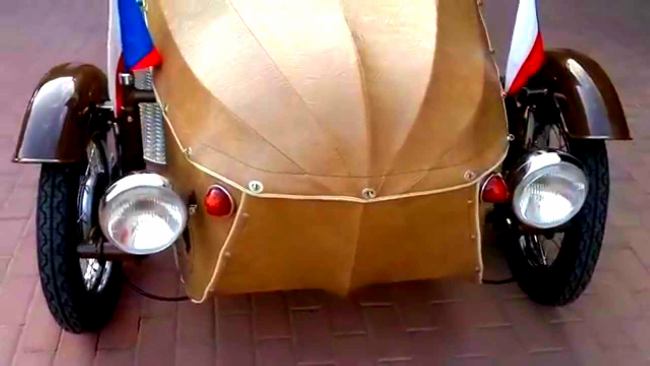

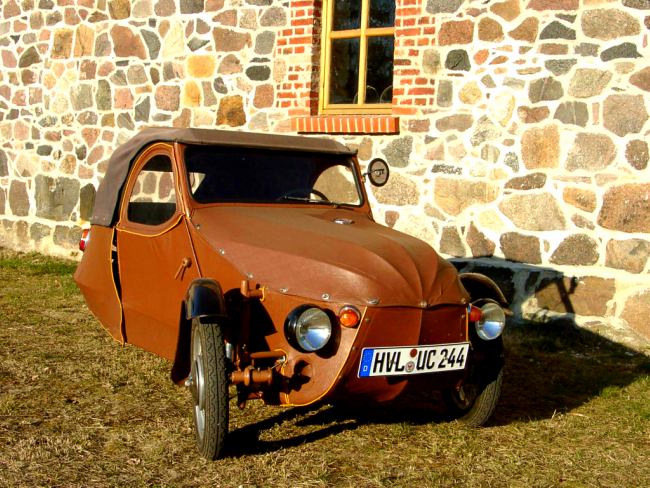
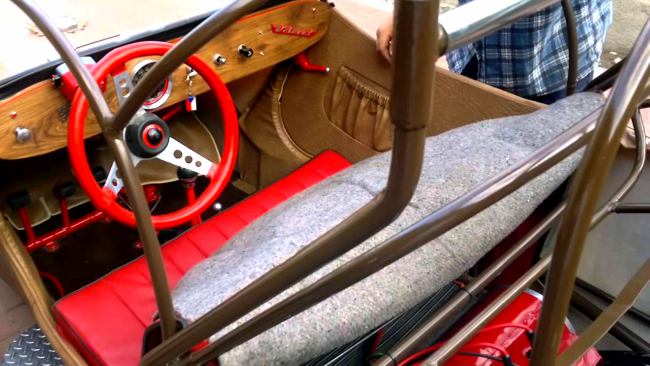
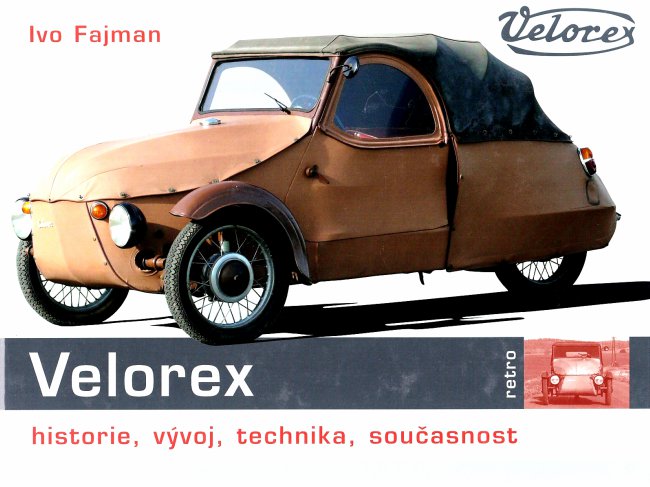
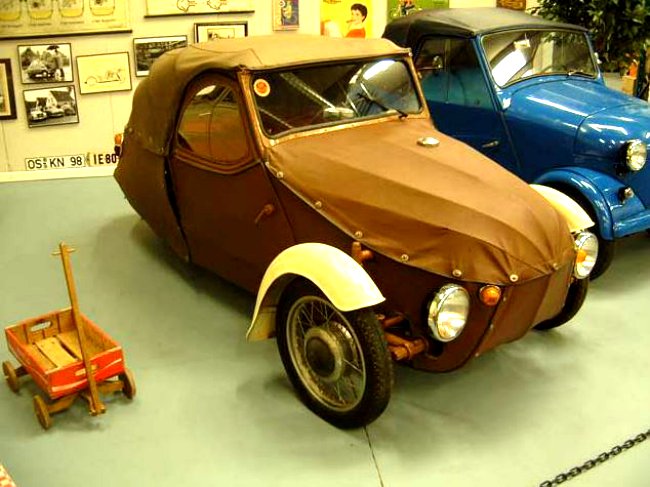
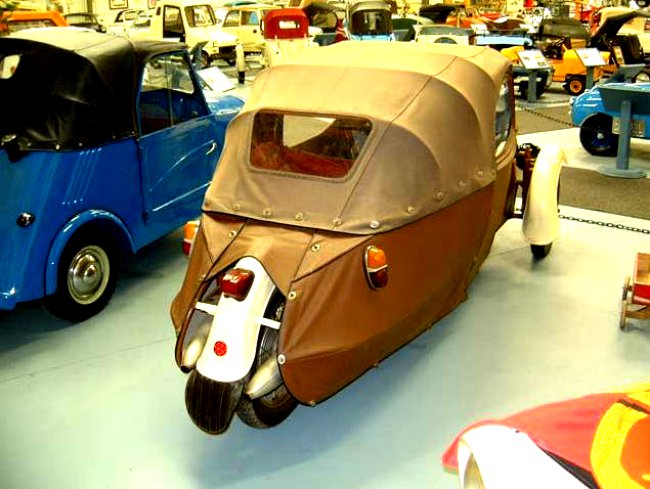
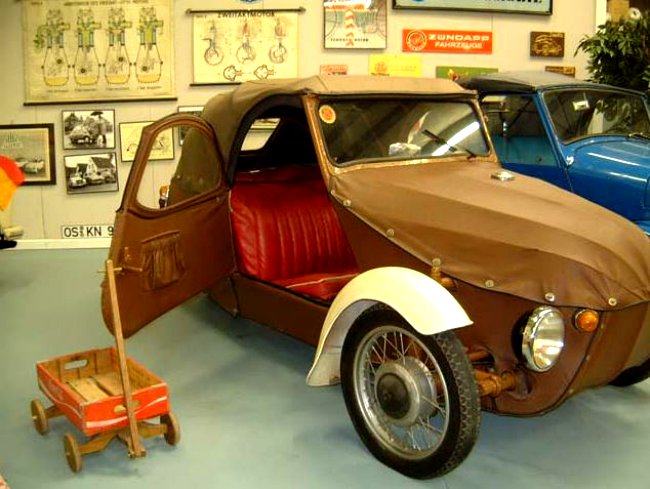
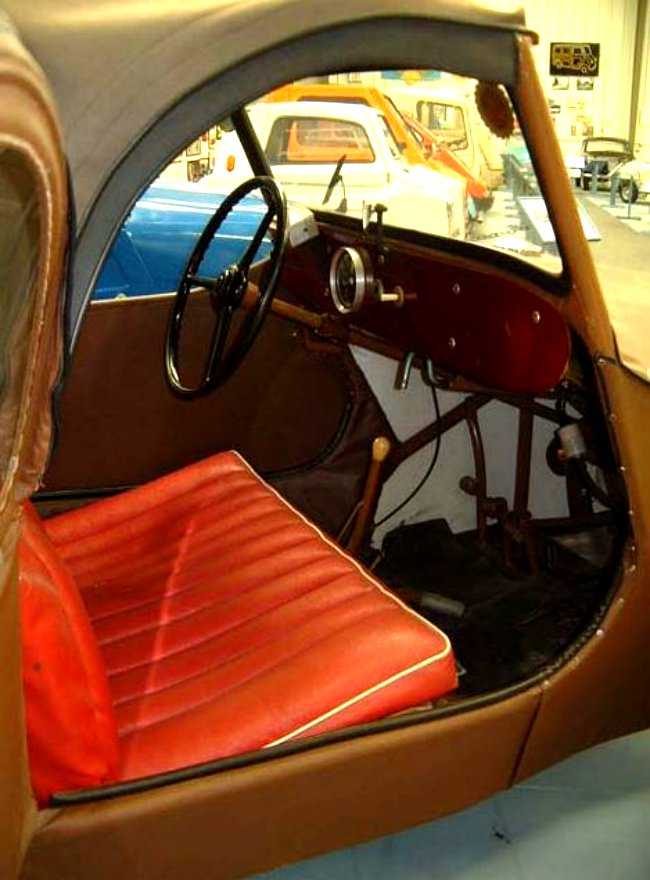
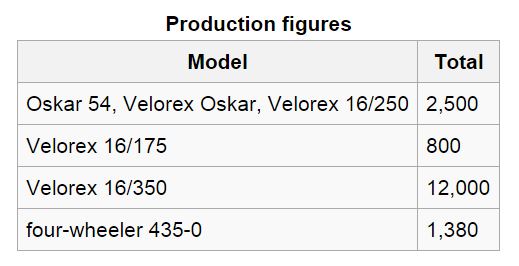
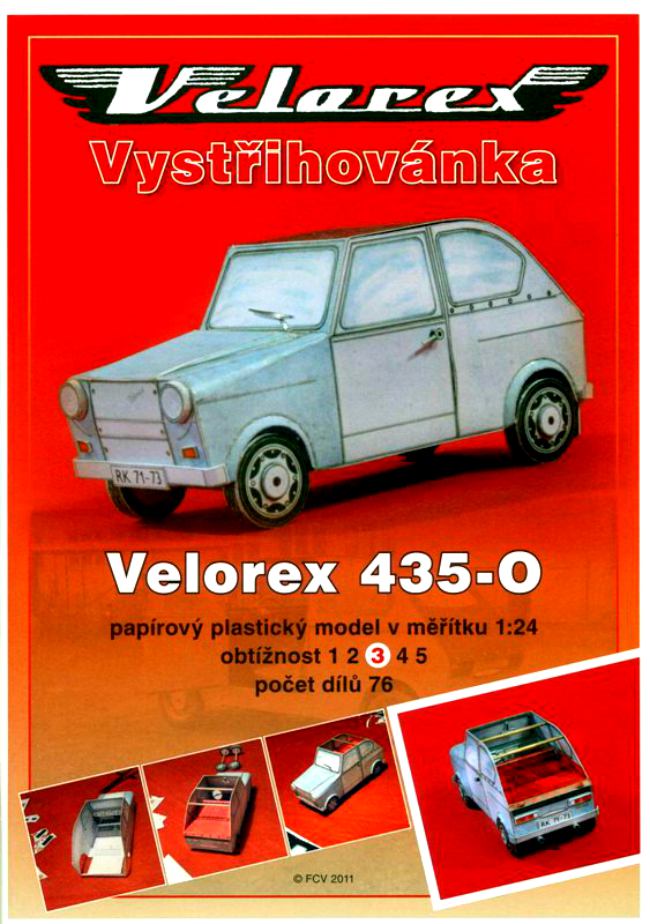
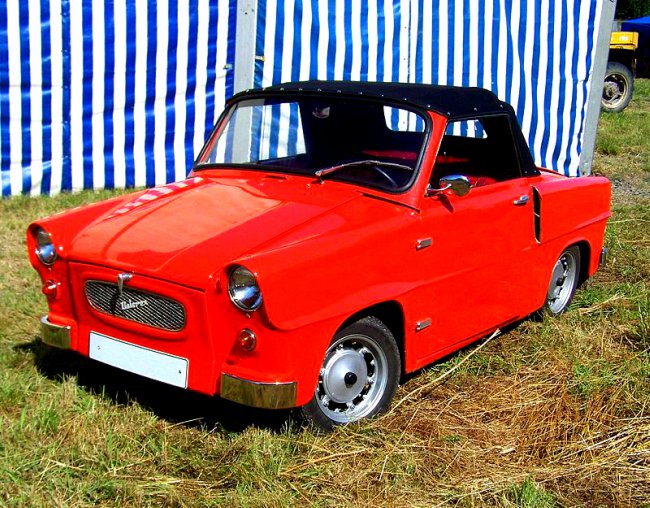
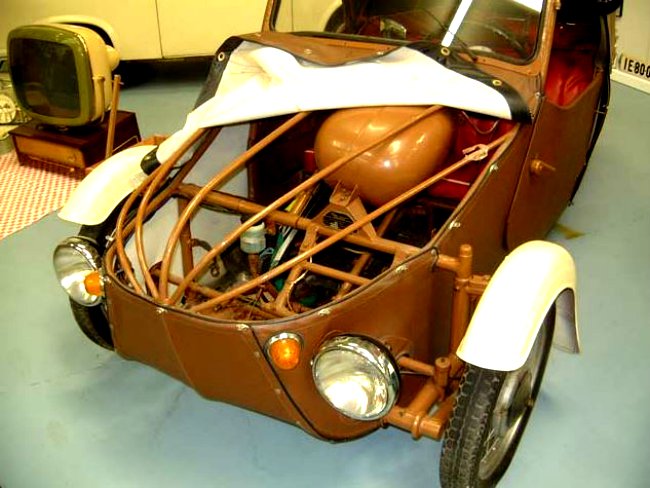
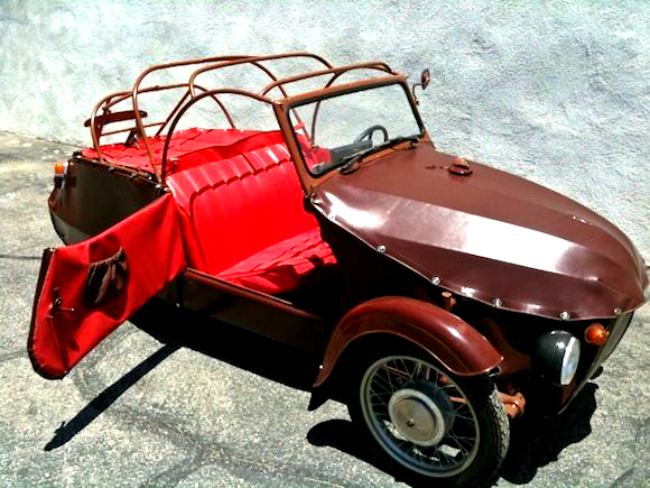
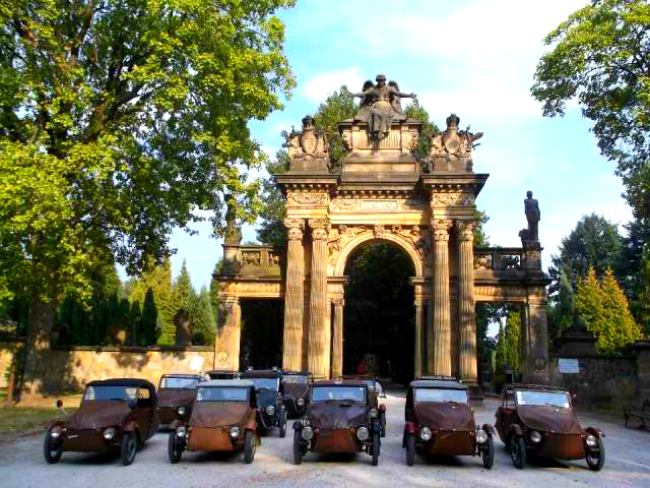
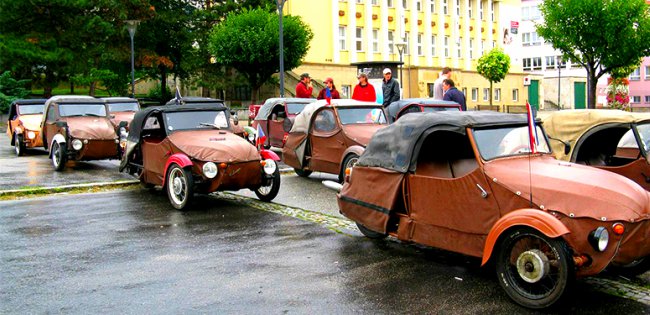
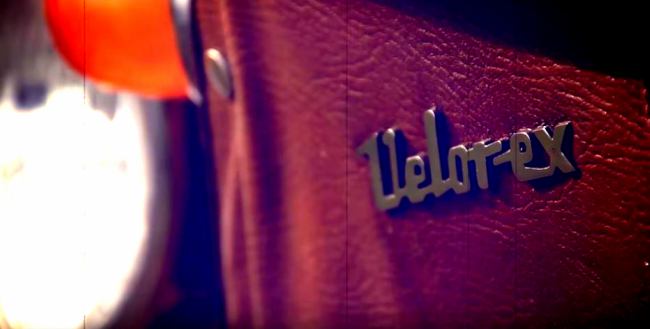
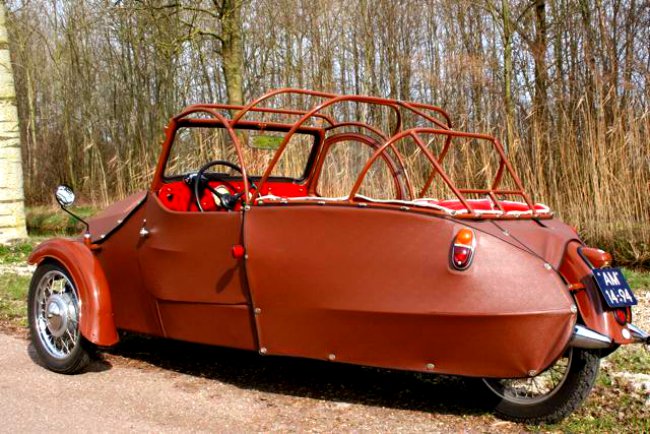
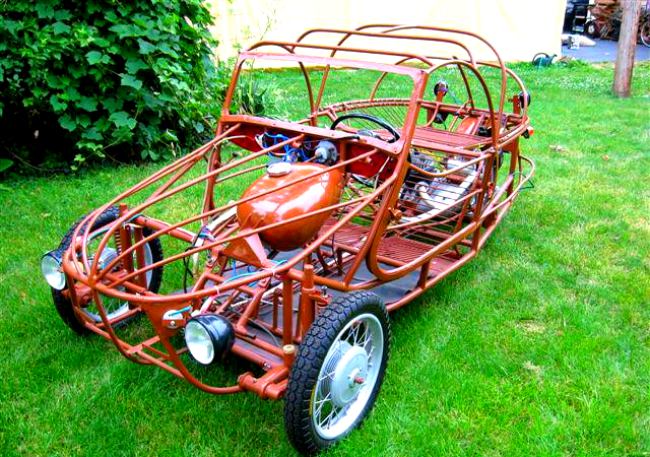
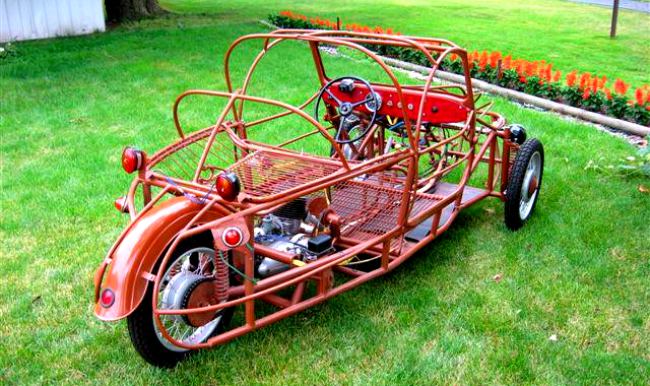
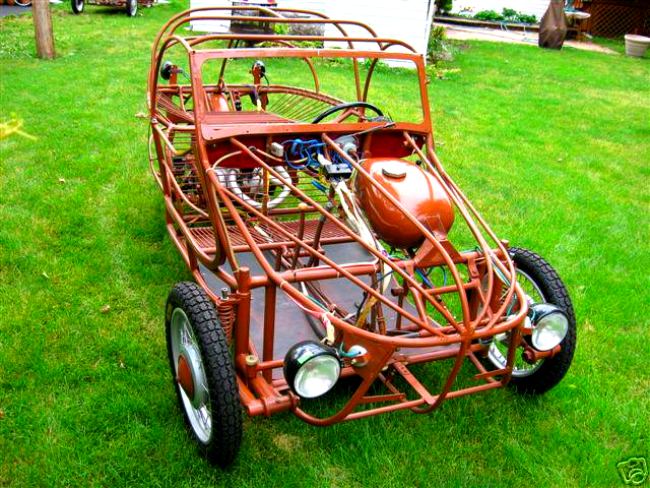
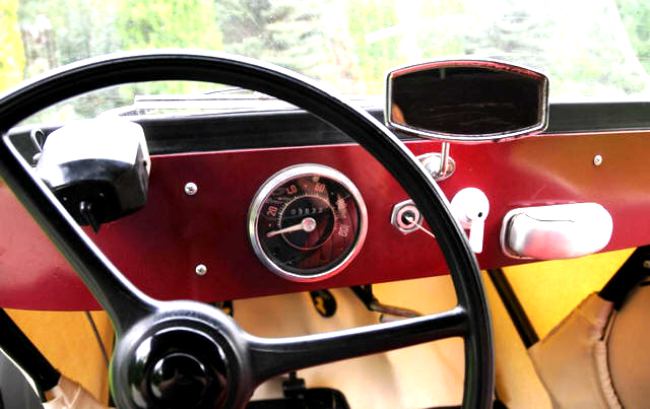
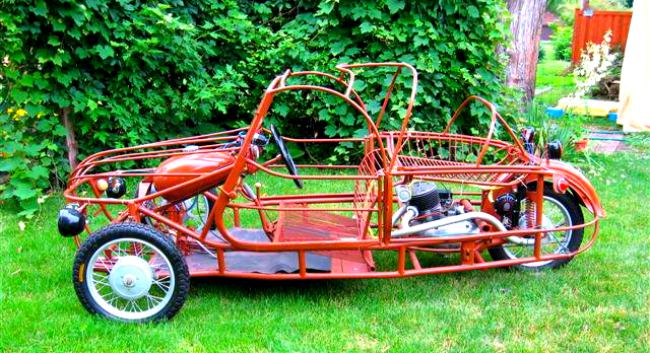
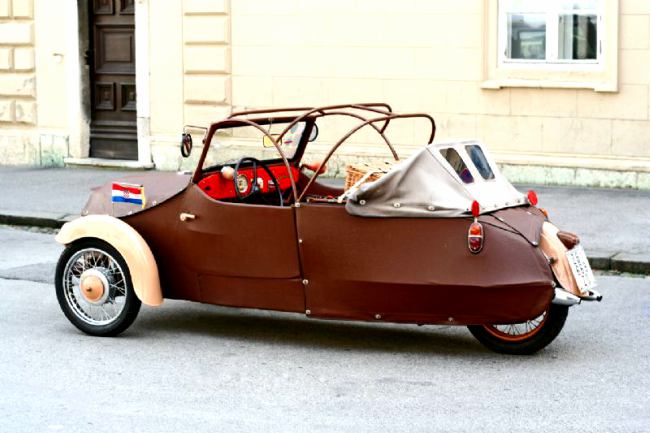
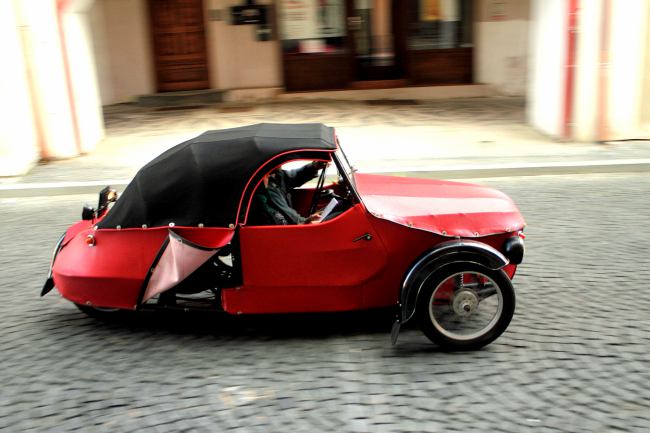
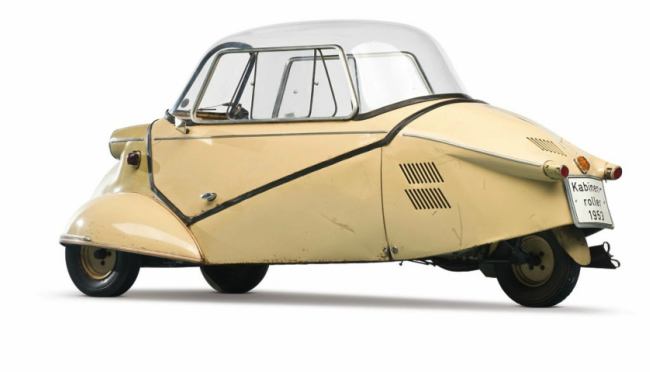
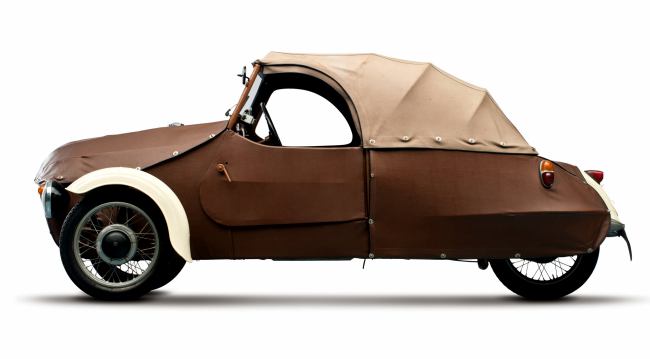
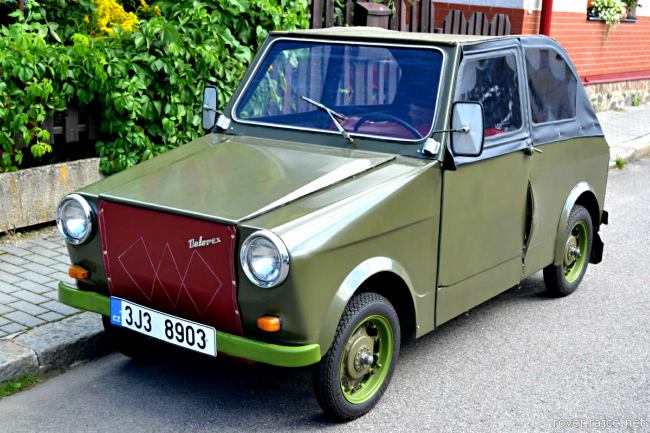
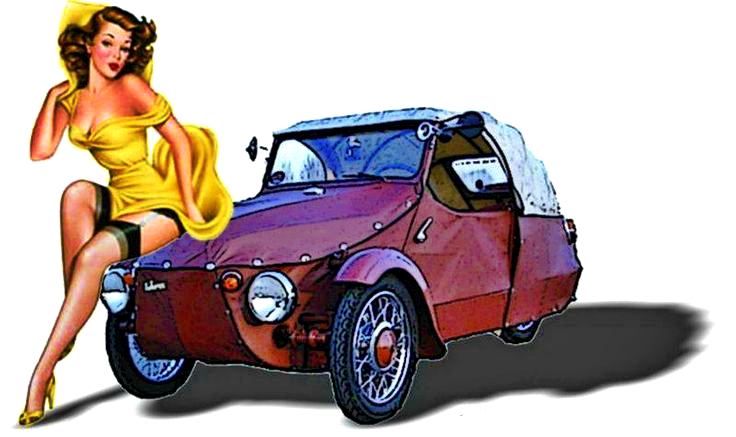





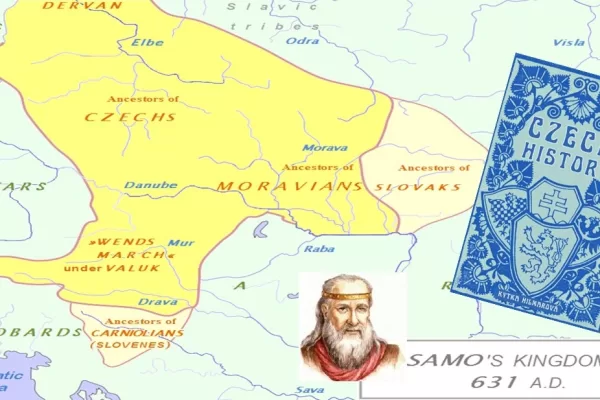















Kyti, ten 3-wheel, to byl muj prvni car…..
To bylo v roce 1968!!!!!
Excellent post! What wonderful and interesting things you share. Keep up the good writing.
This has to be the most interesting motorcycle-car I have ever seen. Why don’t they make things like this anymore? I would drive this in a minute!
Great website you have created here. I read all of your articles with great interest.
And why don’t they make these anymore? It looks like so much fun.
Nice! I would love to own a three wheel velomobile!
Hello, I read your blog from time to time and I always enjoy it. What a funny and strange motorcycle or car this is. It is very cute but also looks quite dangerous.